This phylum includes organisms commonly known as jelly fishes, sea anemones, sea pens etc. The name ‘cnidaria’ implies the presence of specialized cells called cnidoblasts (cnidocytes) on the body.
Habitat: Cnidarians are aquatic and mostly marine. They are either sedentary or free-swimming forms.
Examples:
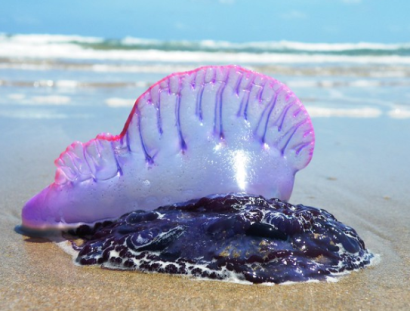
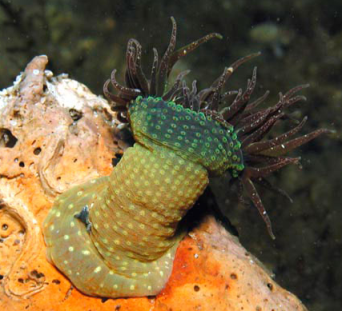
Adamsia
(Sea anemone)
Physalia
(Portuguese man-of-war)

Gorgonia
(Sea-fan)
Meandrina
(Brain coral)
Pennatula
(Sea-pen)
Body plan: They exhibit tissue level of organization and show blind sac body plan. There is a central gastro-vascular cavity with a single opening – the mouth or hypostome. A whorl of tentacles is found encircling the mouth. It helps in capturing food.
Symmetry: Cnidarians are mostly radially symmetrical.
Germlayer: They have a diploblastic body with an outer layer of epithelio-muscular cells and an inner lining of gastro-endodermal cells. A layer of mesoglea is found between these two layers.
Body characteristics:
- Cnidarians can exhibit in two forms – Polyp (asexual phase) and Medusa (sexual phase).
- The polyp is sessile and has a cylindrical shape (Eg.Adamsia).
- Medusa is umbrella shaped and free – swimming (Eg: Aurelia).
- Hence, there is metagenesis (alternation of generation) between these two forms in the life cycle of cnidarians (except in Hydra) i.e., polyps produce medusae asexually and medusae form the polyps sexually.
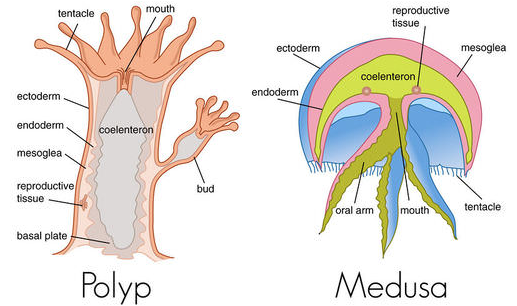
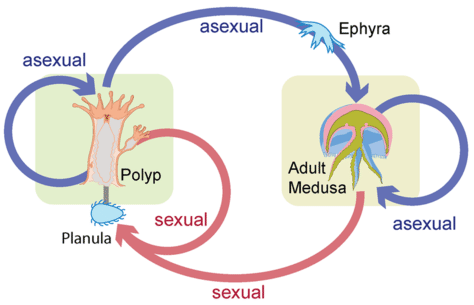
- The body and tentacles bear numerous stinging cells called cnidoblasts which contain stinging capsules known as nematocysts.
- These cells help in anchorage, defence and in capturing prey.
- Some cnidarians such as corals have skeletons made up of calcium carbonate.
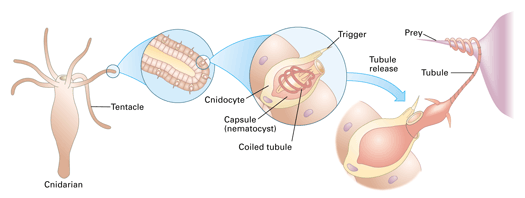
Physiology: Respiratory, excretory and circulatory systems are absent. Digestion can be intracellular or extracellular.
Reproduction: Asexual reproduction takes place by budding and sexual reproduction by formation of gametes.
Embryo Development: Development of the embryo is indirect involving two larvae – planula larva and ephyra larva.